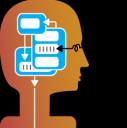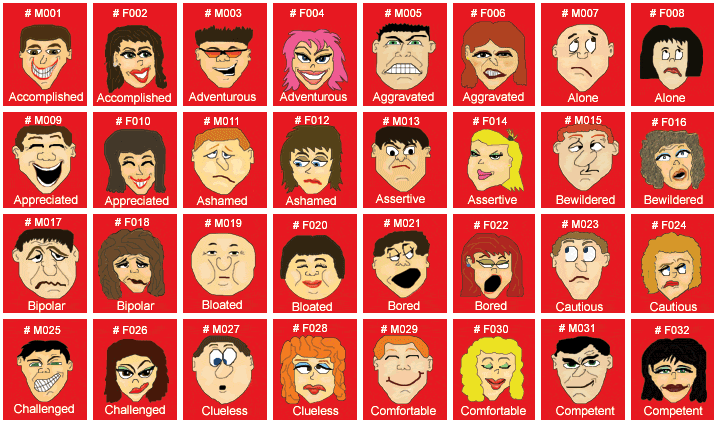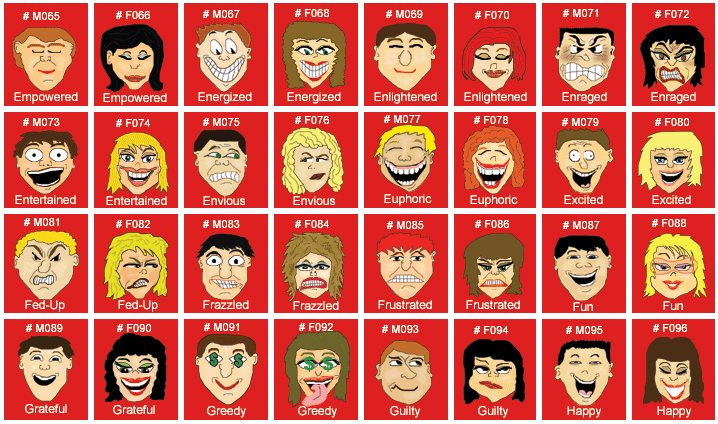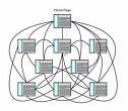Imagine a business that is conceived, designed, built and launched in 24-hours. And then gets 67 bids and is sold a week later on e-bay for $5100.
Lots of interesting cognition here. For example, consider the cognitive processes of the instant-entrepreneurs and the cognitive impact of their 24-hour-business:
 “There was a large brainstorming with everyone involved to start with and then we split into pairs,” said Mr Mosley. “We all had a think about what we liked and then the pairs had three minutes to pitch their ideas.”
“There was a large brainstorming with everyone involved to start with and then we split into pairs,” said Mr Mosley. “We all had a think about what we liked and then the pairs had three minutes to pitch their ideas.”
Most were quickly discarded because they could not be built in time. A vote selected the winner. ‘Shop by colour’ came top, narrowly beating DeathVolt, a depository for internet usernames and passwords that are then passed onto next if kin when the customer dies and a concept called ‘Lists’ that simply let people compile and share the favourite ‘top tens’ of anything in a collaborative manner.
“If you are really under time pressure you are better off taking a decision quickly,” said Mr Mosley. “We were already an hour behind schedule and any more we would not have been able to create anything.”
After pizza, they knuckled down to the hard work. The programmers redesigned open source software that recognised colour in pictures to work for an online retail shop and the sales team called in a favour from affiliate feed specialist TradeDoubler.com to list clothing ranges from retailers Wallis and Dorothy Perkins – a process that would normally take weeks. “What impressed me was that the marketing people that came up with the DrHue logo were the same people who did not originally like the idea,” said Mr Mosley.
For more info on the experience and a video go here. This takes the idea of rapid prototyping to an entirely new level.

 The technology and market research company, Forrester, has chimed in on the important issue of how to apply emotional design to differentiate your web site. The report is a bit pricey at $499 but you can find a post on the CMS wire that covers the key concepts and techniques here. What I like is that they put cognition or more specifically, emotional needs, center stage. They advocate ethnographic analysis and the importance of non-verbal signals (e.g. facial expressions) for uncovering hidden needs. Music to the ears of the cognitive designer.
The technology and market research company, Forrester, has chimed in on the important issue of how to apply emotional design to differentiate your web site. The report is a bit pricey at $499 but you can find a post on the CMS wire that covers the key concepts and techniques here. What I like is that they put cognition or more specifically, emotional needs, center stage. They advocate ethnographic analysis and the importance of non-verbal signals (e.g. facial expressions) for uncovering hidden needs. Music to the ears of the cognitive designer.










